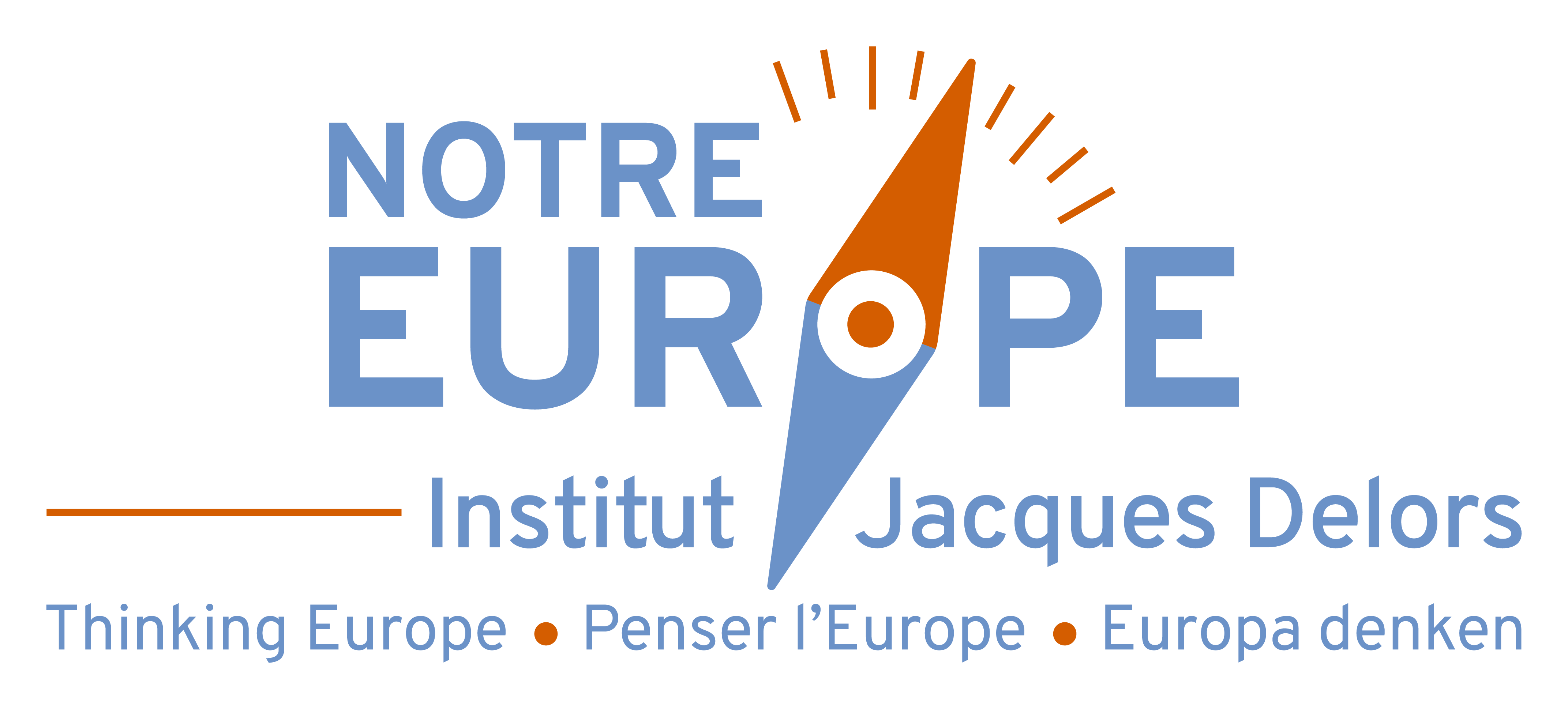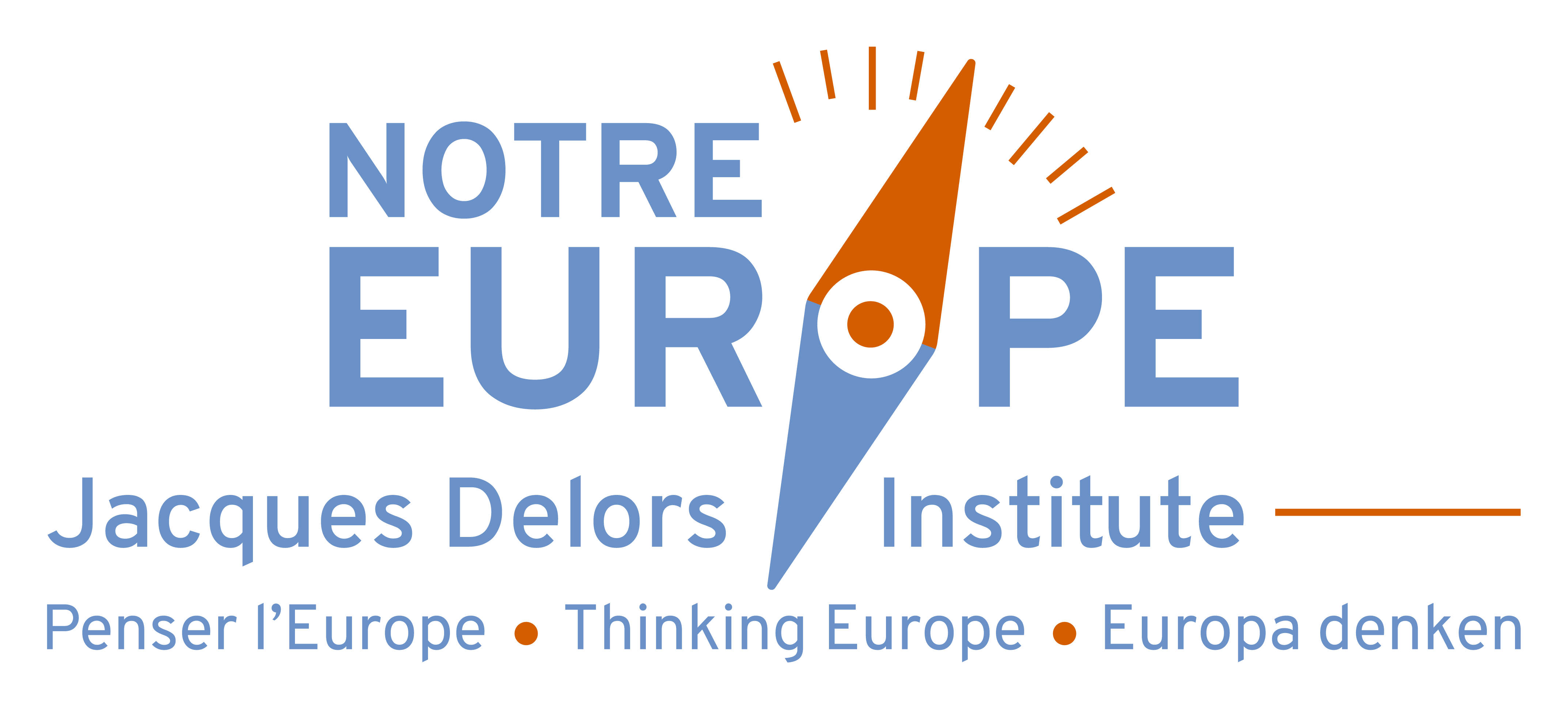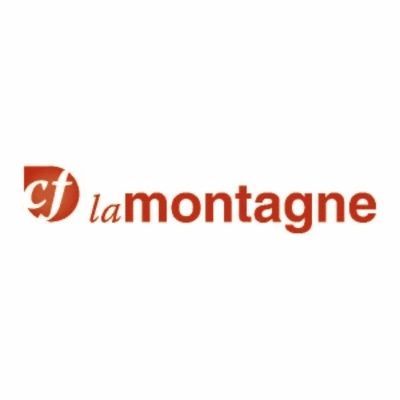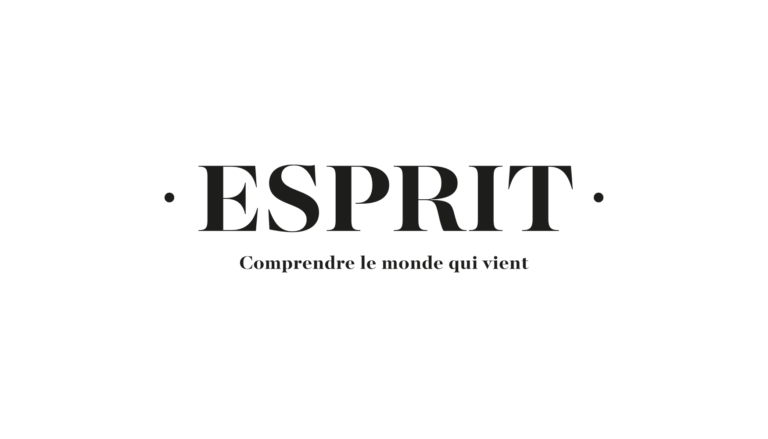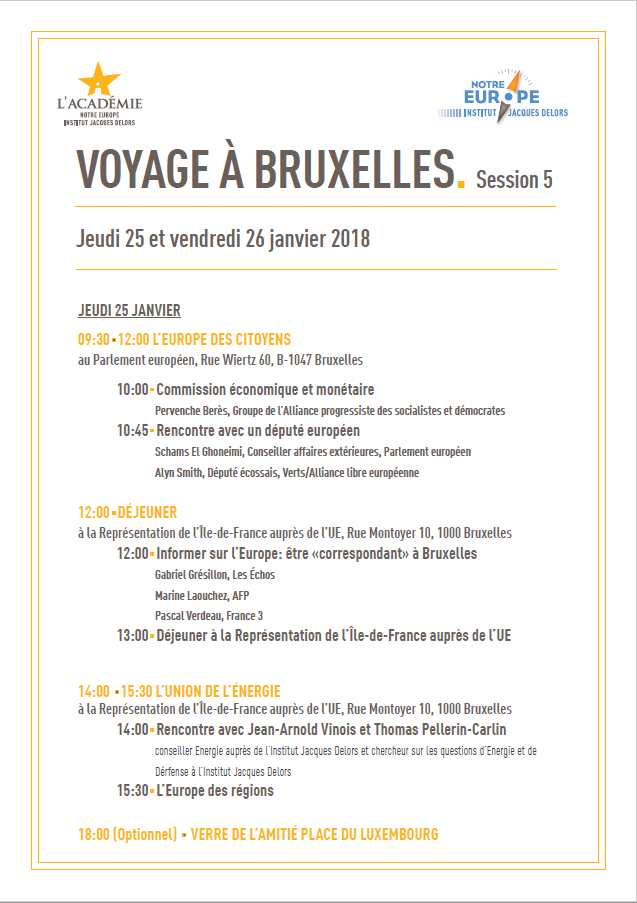Autre document
L’Union économique et monétaire
Cycle de conférences de Jacques Delors sur le thème du marché unique. Etats-Unis, 26 mars – 4 avril 2001.
Cycle de conférence aux Etats-Unis, 26 mars – 4 avril 2001.
Uniquement en anglais.
The launch of the single-currency in January 1999 marked the beginning of a new era in the process of European economic integration. It was the start of the third and final stage of Economic and Monetary Union (EMU) as established by the Maastricht Treaty.
This Treaty, which could be considered as an «economic constitution» for Europe, provides the legal foundation for Economic and Monetary Union based on two pillars. On the one hand, the single monetary policy, and the creation of a federal monetary authority. On the other, the enhancement of the economic policies of the Community and economic policy coordination.
The European Council – which assembles the Heads of State of the European Union- at its meeting in Hanover in 1988, established a High level Committee for the study of Economic and Monetary Union. Following the preparatory work of this Committee, which I had the honour of chairing, the Treaty envisages a parallelism between the two pillars of EMU. Despite these provisions, it is today very clear that there is a notable imbalance between the economic and monetary components, to the severe detriment of the former.
In order to illustrate this situation, I shall now briefly outline the institutional arrangements which make up the two pillars.
SUR LE MÊME THÈME
ON THE SAME THEME
PUBLICATIONS
Penser l’avenir de l’Union européenne à la lumière de l’héritage de Jacques Delors

Delors, artisan de paix

Discours à la cérémonie d’hommage européen à Jacques Delors

MÉDIAS
MEDIAS
Jacques Delors en son institut

Jacques Delors, Européen et Corrézien : « Au Parlement européen, il était une star ! »

Jacques Delors : la France par l’Europe

ÉVÉNEMENTS
EVENTS
Berlin, 19 septembre 2018 – Making Europe’s Economic Union Work

Luxembourg, 20 juin 2018 – Réforme de l’Union économique et monétaire : quelle dimension sociale ?

Paris, 20 juin 2018 – L’avenir de l’Europe

Paris, 12 et 13 mai 2018 – Fête de l’Europe : venez nous rencontrer !

Nicosie, 16 mars 2018 – Le paysage politique des réformes de l’UEM

Sofia, 9 mars 2018 – L’avenir du budget européen

Athènes, 8 février 2018 – Les journées d’Athènes : Grèce, les chemins de l’espoir

